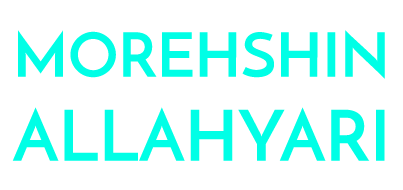In The Realm of Rare and Analogous Accidents (2013)
Found footage from Gholam Jandarm (1972) – Iran + Rio bravo (1959)- United States
Side by Side; Searching for a relationship that defines the states of belonging; The space in the middle. Questioning the power of the image… the image that guides us. The image that lies.
“Something is of course always lost when we get to see only one side. It is for the exact same reason that one must have the courage to confess the pain of the coma-like contrast of life and cinema. In this scenario, somehow we must put it all together to see the big picture; While in the state of unconsciousness, we are stuck at the thin edge of a screen where two worlds, two countries, and two cities separate for the sake of it. I feel helpless standing in the middle. In this chain of accidents, in this battle of guns and bombs, in the pile of my notes, thoughts, and nostalgic memories of Texas and Tehran, the world lacks trust in common sense.”
- (From the text in the video).






































